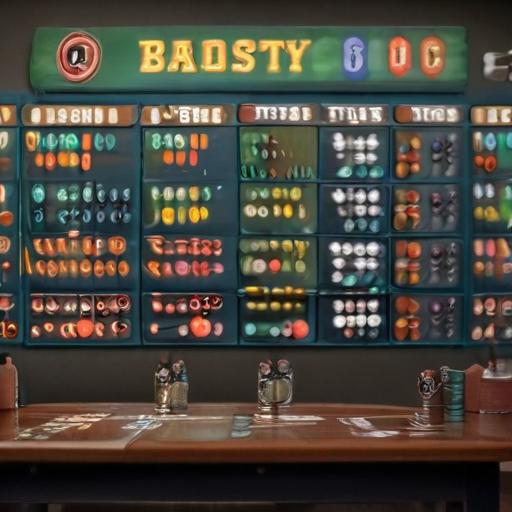Mastering Fantasy Football Drafts with Positional Tiers
Fantasy football drafts reward a mix of strategy and adaptability, and one of the most useful tools in shaping your approach is positional tiers. These are groups of players who are valued similarly, and using them helps you quickly gauge the gaps between the top options at each position. With tiers, you can make smarter decisions on who to draft when you’re on the clock, aligning your picks with how the rest of the board unfolds.
How tiers shape draft decisions
Tiers illuminate the space between the best players at each position and the next group down. For example, if you’re nearing the end of Round 2 and only one running back remains in Tier 2 while multiple wide receivers sit in an adjacent tier, it often makes sense to grab the running back. Doing so preserves value—knowing you can still land a similarly-valued receiver in the next round—while avoiding getting stuck with a sizable drop in talent at the RB position. The same thinking applies to deciding when to pull the trigger on a quarterback or tight end as those pools start to thin out.
What you’re buying with tiers
Dave’s rankings are organized into position-based tier sets: QB tiers, RB tiers, WR tiers, TE tiers, and K/DST tiers (kickers and defenses). For backfields and specific scoring formats, there are separate RB tierings for PPR (points per reception) and non-PPR leagues, reflecting how scoring rules can shift value between catches and carries.
Key takeaways for your draft strategy
– Use tier gaps to decide when to pull the trigger: if a higher-tier player at another position is thinning, you may pivot to the position with a larger immediate value jump.
– Adapt to your format: PPR vs non-PPR RB tiers can alter which players hold the most value, so tailor your plan to your league’s scoring rules.
– Balance flexibility with pace: while you can craft a plan around Zero RB, Hero RB, or a heavy RB approach, tiers help you stay nimble as the draft moves.
– Don’t ignore thinning pools: as certain positions dry up, tiers show you when it may be advantageous to draft a player from a thinner pool to lock in value.
Additional context and value
Tiers are not static; they shift with injuries, depth chart changes, and evolving projections. Before draft day, refresh your tier lists to reflect the latest news and any late-season form. They work best when paired with a clear game plan for different draft slots and league formats, helping you stay decisive rather than reactive.
Bottom line
Positional tiers offer a practical framework to quantify value and make informed pivot points during a draft. When applied thoughtfully, they help you maximize value, stay flexible across different draft formats, and build a balanced roster that can weather the ups and downs of the season. A thoughtful tier-based approach keeps you ahead of the curve and poised for a successful fantasy campaign.
